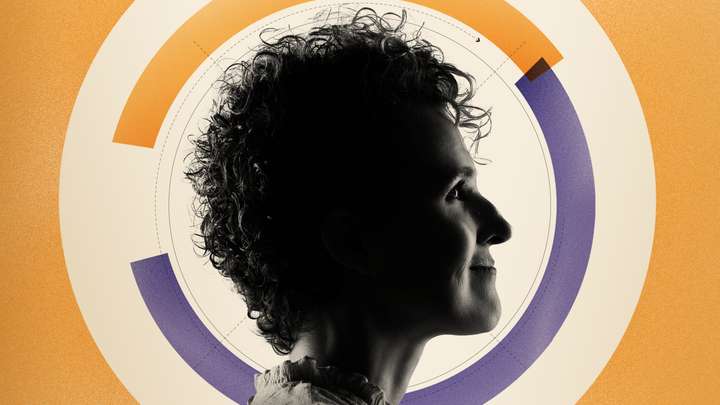
Benghazi, Zebra Stripes, Breast Cancer Risk, Eye-Tracking
Top of Mind with Julie Rose - Season 1, Episode 165
- Oct 26, 2015 6:00 am
- 103:47
What’s the Big Deal about Benghazi? (1:04) Guest: Glenn Thrush, Chief Political Correspondent for Politico Former Secretary of State Hillary Clinton spent a day last week being grilled by members of the House Select Committee on Benghazi. Her performance dominated headlines and news talk shows right through the weekend. All of this tracing back to the night of September 11, 2012 when terrorists overran a US diplomatic compound in Benghazi, Libya. Four Americans died: Ambassador Christopher Stevens, state department official Sean Smith and CIA contractors Tyrone Woods and Glen Doherty. An extremist militia leader from Libya has been charged with murder in the attack and is awaiting trial in the US. Zebra Stripes (17:15) Guest: Theodore Stankowich, PhD, Assistant Professor of Biological Sciences at California State University, Long Beach How did the zebra get its stripes is one of those age-old questions like “what came first, the chicken or the egg?” Scientists have developed lots of theories about why zebras evolved stripes and other horse-like creatures didn’t. Breast Cancer Risk Calculator (38:06) Guest: Charlotte Gard, PhD, Assistant Professor of Applied Statistics at New Mexico State University; Jeffrey Tice, MD, Associate Professor at the UC San Francisco School of Medicine One in eight U.S. women will be diagnosed with invasive breast cancer in her lifetime. The challenge in predicting who will be at risk and who won’t, is that family history isn’t all that helpful: About 85% of breast cancer occurs in women with no family history of it. So, the real goal would be to develop a way of calculating a woman’s risk that her breast tissue cells will mutate, regardless of her family history. Online Risk Calculator To download an app of the model for iOS Eye-Tracking (52:28) Guest: Kevin John, PhD, Professor of Communications at BYU Have you noticed that you don’t see as many ads along the borders of your Facebook feed lately? Maybe you haven’t because, it turns out, people really weren’t payi

